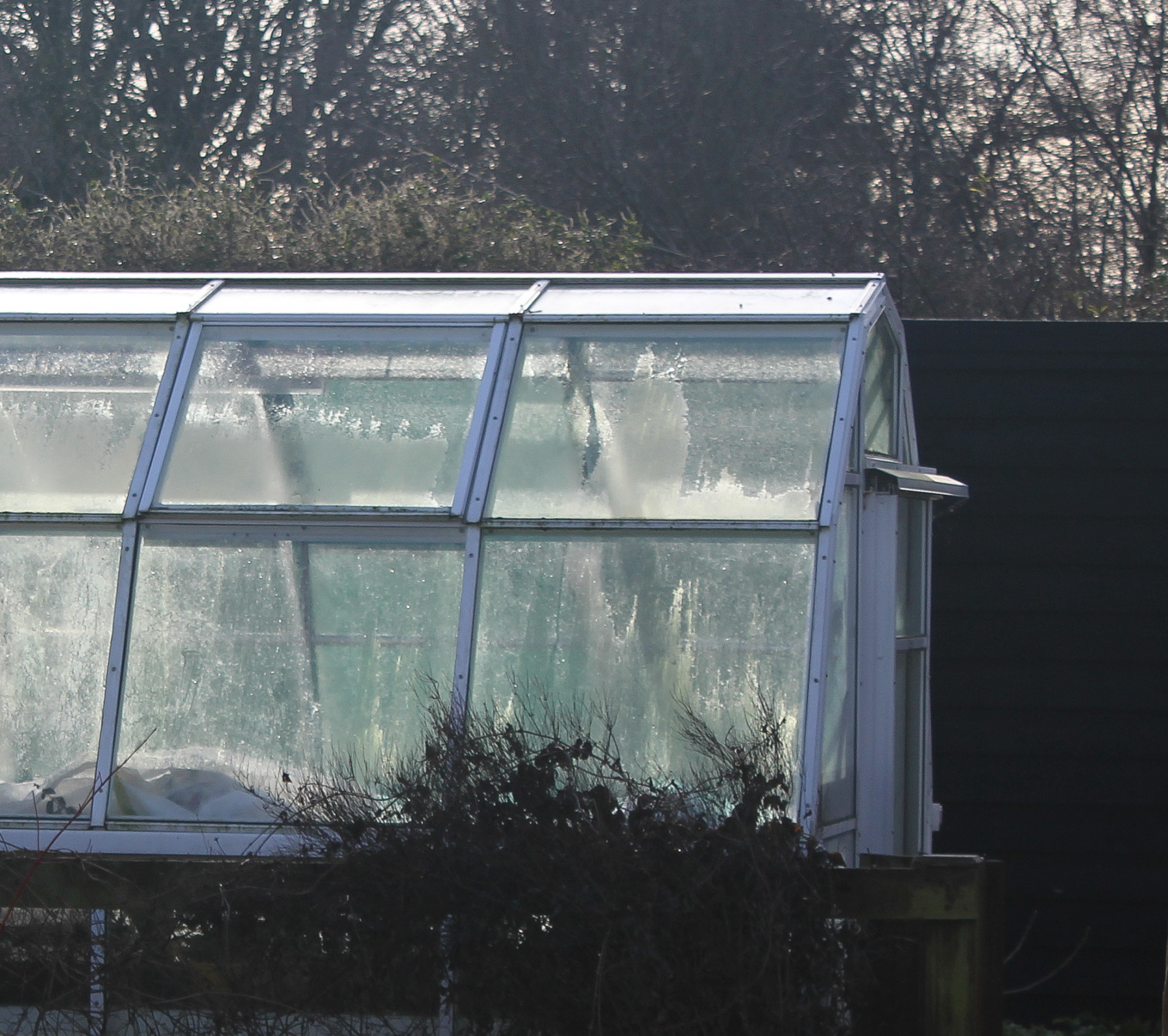
With the sudden popularity of gardening, particularly vegetable growing, it is important to put in your seed order early – I am sure that many of you have already done so. The sudden increase in demand last year meant that popular varieties sold out quickly and there was a long waiting time on the websites of major suppliers – 2 hours or more and it is highly likely to happen again. With several of the ‘big name’ suppliers now owned by one company, I decided to support smaller, independent suppliers – of which there are many – to ensure that we still retain such a wonderful choice, keep the genetic diversity and support small businesses, too. Here are a few to start off with – surfing the net while you are isolating will reveal many more. https://www.nickys-nursery.co.uk/ https://www.simpsonsseeds.co.uk/ https://seedsofitaly.com/ https://www.plantsofdistinction.co.uk/ https://pennardplants.com/ https://www.realseeds.co.uk/ https://moreveg.co.uk/ https://www.chilternseeds.co.uk/ it is a good idea to browse before you buy, so you have a full overview of what’s available.
If you don’t have enough space to grow everything from seed, buy plug plants, which save time, space and reduce greenhouse heating costs, too
Once you have ordered your seeds and plug plants, write the labels this month and put them together in an elastic band in alphabetical order, then add the date when you sow.
Check your greenhouse guttering for fallen leaves which reduces their effectiveness and eventually blocks the down pipes.
If you have a heated greenhouse, aubergines can be sown at 18-21°C (65-70°F) late in the month in pots or modules of peat-free seed sowing compost in a propagator. Once the seeds have germinated, grow lights, will maintain compact growth. Antirrhinums, lobelia, can be sown in a heated propagator at a minimum of 21-24C (70-75F). Lightly cover geranium seed with fine grade vermiculite. Begonia should be sown on the surface of moist compost and left uncovered as they need light to germinate. Sow summer cauliflowers and make small sowings of onions, radish and early carrots in a cold greenhouse towards the end of January. Peas, lettuce and radish can be sown in greenhouse borders.
If you missed sowing broad beans in autumn, sow some now under glass for an early summer harvest, 5-8cm apart and 2.5cm deep in deep trays of peat multipurpose compost or singly in small pots. Put them in a cool frost-free greenhouse, and ‘harden off’ before planting outdoors in early spring. ‘The Sutton’ and ‘Robin Hood’ are dwarf and ideal for windy sites; ‘Aquadulce’ and ‘Aquadulce Claudia’ are taller traditional varieties.
Water plants showing signs of drought, giving them just enough to prevent desiccation, water in the morning so the compost dries out before evening.
Strawberries that were lifted and potted up last summer, can now be brought into the greenhouse and put on the bench for maximum light. When they start flowering, pollinate them by transferring pollen from one flower to another using a fine artists brush. Keep the compost moist and feed with dilute tomato fertiliser every two weeks to encourage flowering and fruiting. They can be ‘hardened off ‘and planted outdoors in mid spring.
Happy New Year. Matt


